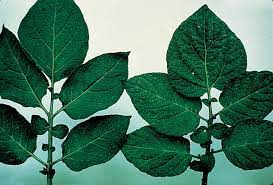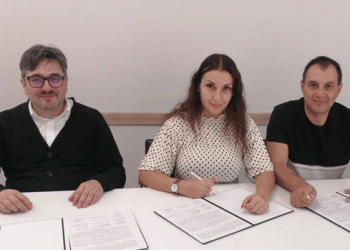Potato Virus S (PVS) is a major threat to potato cultivation worldwide. This article explores the various aspects of PVS, including its symptoms, transmission, and management strategies.
Potato Virus S (PVS) is a member of the Potyviridae family, which causes significant yield losses in potato crops. The virus is transmitted through aphids, seed tubers, and vegetative propagation materials. Symptoms of PVS vary depending on the potato variety and environmental conditions, but commonly include yellowing, stunted growth, and reduced yield.
According to recent studies, the most effective way to manage PVS is to use certified seed potatoes, implement crop rotation, and avoid growing potatoes near infected plants. Other management strategies include controlling aphids, removing infected plants, and minimizing the use of nitrogen fertilizers. Additionally, researchers are working to develop resistant potato varieties to combat PVS.
In conclusion, PVS is a serious threat to potato cultivation, causing significant economic losses to farmers. Early detection, use of certified seed potatoes, and good agricultural practices are essential to prevent the spread of the virus. Further research and development of resistant potato varieties will also play a crucial role in managing PVS and ensuring potato production sustainability.
#PotatoVirusS #PVS #PotatoCultivation #Agriculture #PlantDiseases #CropManagement








